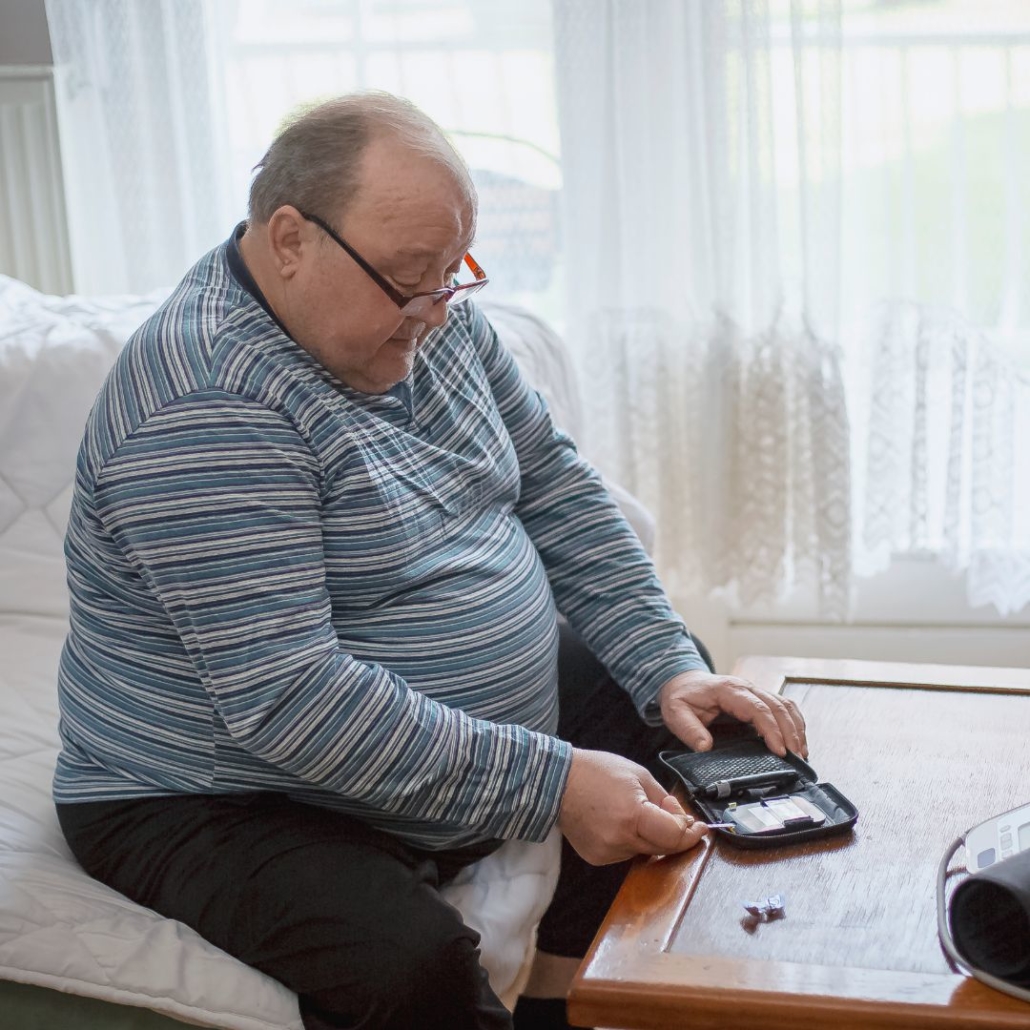How Laser Treatment Benefits Diabetic Retinopathy

The National Institutes of Health report that approximately 2 out of 5 diabetics also have some degree of diabetic retinopathy. This condition, secondary to diabetes and unregulated blood sugar, can cause vision loss. Research indicates that children and adults with Type I and Type II diabetes, as well as pregnant women with gestational diabetes, are at risk of developing diabetic retinopathy. For this reason, regular dilated eye exams are advised for these patients. Several treatment options are available for this condition, including laser treatments such as photocoagulation.
How Laser Photocoagulation Helps Preserve Vision
The retina is a piece of tissue that sits at the back of the eye. Light lands on the retina and is translated into images through the optic nerve. Diabetic retinopathy involves swelling in the tiny blood vessels within the retina. Swelling causes blood and fluid to lead from the affected vessels. This can scar the retina or lead to detachment, in which the retina separates from the lining of the eye. Advanced diabetic retinopathy may involve the growth of abnormal blood vessels and excessive leakage of fluid and blood into the back of the eye.
Laser photocoagulation may be recommended as a method of stopping blood vessels from leaking. This quick procedure can also destroy abnormal blood vessels. One technique that is used is called focal photocoagulation, in which laser energy is direct to a small number of concentrated blood vessels. The heat from the laser seals off the blood vessels to prevent further leaking. Another technique, called scatter photocoagulation, may be done to destroy numerous abnormal blood vessels at once.
By destroying abnormal blood vessels and sealing those that are leaking, laser photocoagulation can slow the progression of diabetic retinopathy and vision loss. The procedure is conducted in the office. Patients are made comfortable with a local anesthetic administered as eye drops. Slight stinging may be felt or flashes of light seen as the laser works on blood vessels. The entire procedure is usually done in under an hour.
Know the Signs of Diabetic Retinopathy
Anyone who has been diagnosed with diabetes should be aware of the effects their condition could have on their eyes. Routine eye exams are vital, as is continued blood sugar management. Signs of diabetic retinopathy include:
- Blurry vision
- Difficulty reading
- “Cobwebs” in vision
- Black spots or floaters in vision
- “Holes” in vision
- Not seeing well when driving
- Difficulty seeing colors or becoming colorblind
When diabetic retinopathy is diagnosed early, conservative treatment using prescription medication may slow or halt the progress of blood vessel damage in the eyes.
If you have signs of diabetic retinopathy, schedule a comprehensive eye exam with us. Call (855) 515-2020.

